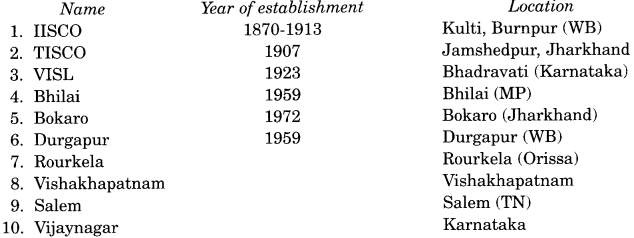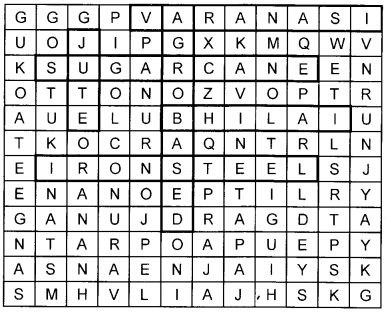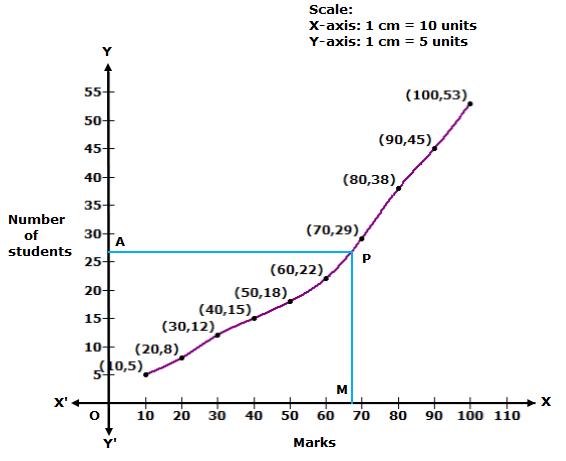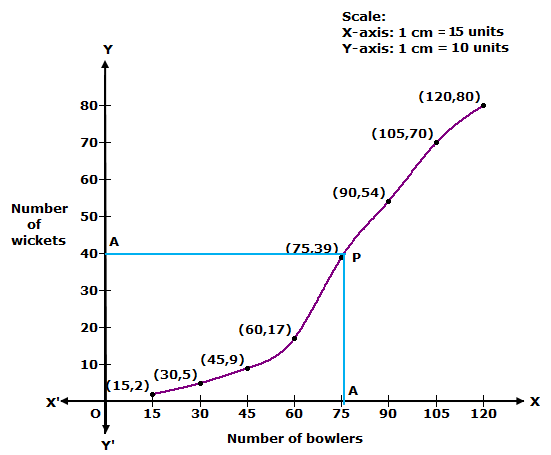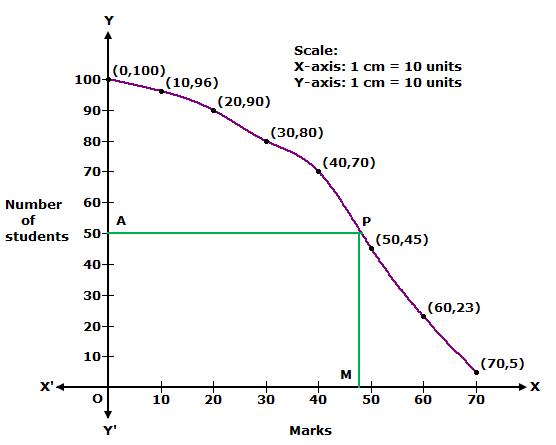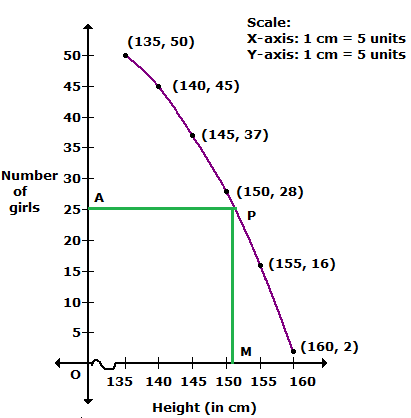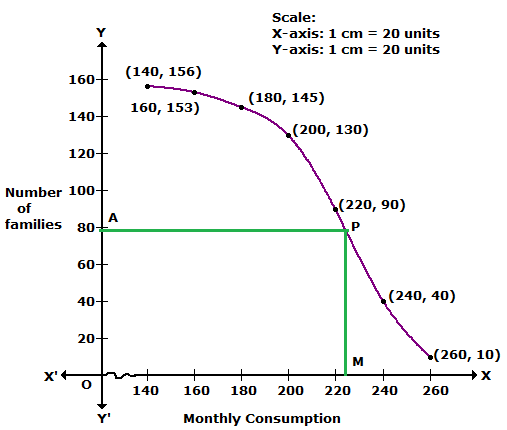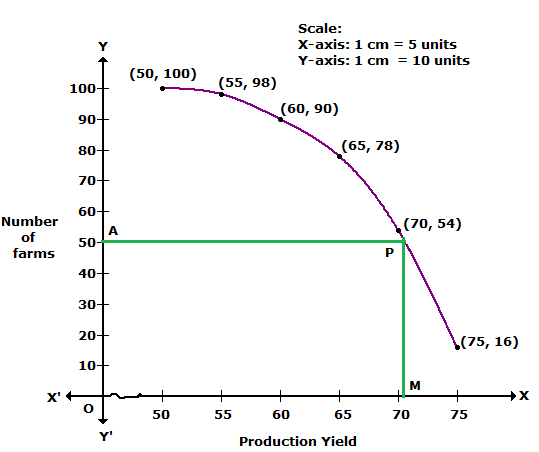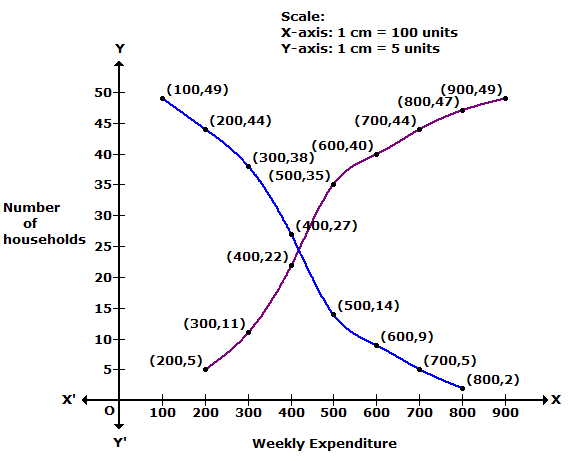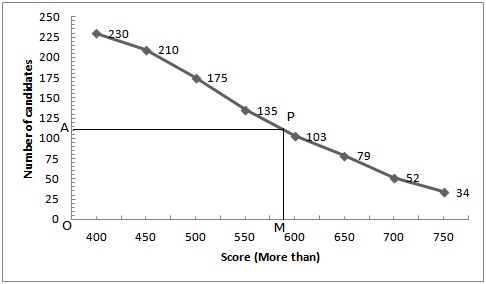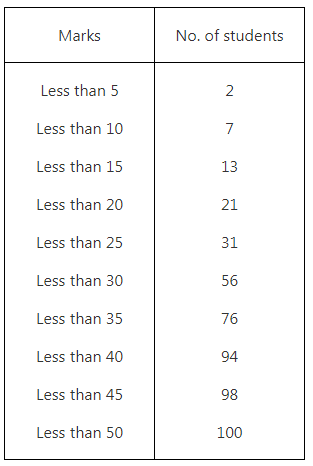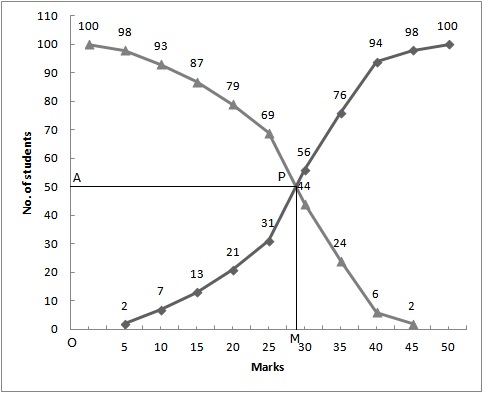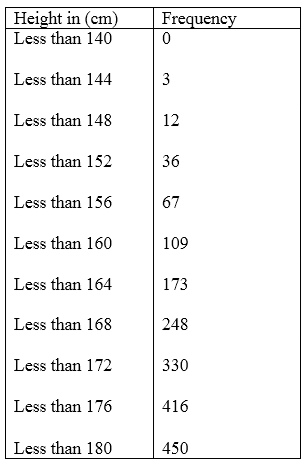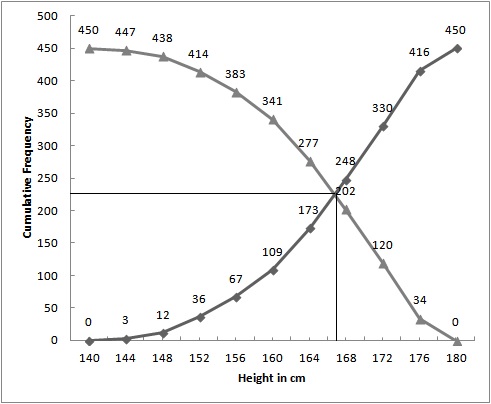NCERT Solutions for Class 10 Social Science Geography Chapter 7 Lifelines of National Economy
These Solutions are part of NCERT Solutions for Class 10 Social Science. Here we have given NCERT Solutions for Class 10 Social Science Geography Chapter 7 Lifelines of National Economy.
TEXTBOOK EXERCISES
Question 1.
- Which are the extreme locations connected by the East-West Corridor?
- Which mode of transportation reduces trans-shipment losses and delays?
- State two states which are connected with the HVJ pipeline.
- Which port is the deepest land-locked and well-protected port along the east coast?
- Which is the most important mode of transportation in India?
- Which term is used to describe trade between two or more countries?
Answer:
- Silchar and Porbandar.
- Pipeline.
- Madhya Pradesh, Gujarat, and Uttar Pradesh.
- Vishakhapatnam.
- Railways.
- International trade.
Question 2(1).
Answer the following questions in about 30 words :
(1) State merits of roadways.
Answer:
(1) Merits of roadways: India has one of the largest road networks in the world. It is about 2.3 million km at present. In India roads were built earlier than the railways which were started in 1853.
The merits of roadways are as mentioned below :
- The construction cost of roads is much lower than that of railway lines,
- Roads can traverse dissected and undulating topography and
- Roads can negotiate higher gradients of slopes. and as such can traverse mountains such as the Himalayas.
Question 2(2).
Where and why is rail transport the most convenient means of transportation?
Answer:
Railways make it possible to conduct different activities like business, sightseeing, and pilgrimage along with transportation of goods over longer distances. Apart from an important means of transport, the Indian Railways have been a great integrating force for more than 150 years. Railways in India bind the economic life of the country as well as accelerate the development of the industry and agriculture.
Question 2(3).
What is the significance of the border roads?
Answer:
The Roads Organization, (a Government of India undertaking) constructs and maintains roads in the bordering areas of the country. This organization was established in 1960 for the development of the roads of strategic importance in the northern and north-eastern border areas. These roads have improved accessibility in areas of difficult terrain and have helped in the economic development of these areas.
Question 2(4).
What is meant by trade? What is the difference between international and local trade?
Answer:
The exchange of goods among people, states, and countries is referred to as a trade. The market is the place where such exchanges take place. Trade between the two countries is called international trade. It may take place across the sea, air or land. While local trade is carried on in cities, towns, and villages, state-level trade is carried between two or more states.
Question 3.
Answer the following questions in about 120 words :
(1) Why are the means of transportation and communication called the lifelines of a nation and
its economy?
(2) Write a note on the changing nature of international trade in the last fifteen years.
Answer:
(1) The means of transportation and communication are called the lifelines of a nation and its economy due to reasons as mentioned below :
- The transport system helps in the movement of goods and services from their supply locations to demand locations.
- The means of transport provide an important link between the producers and consumers
of goods/products. - They help in the development of agriculture and industry by providing raw materials and
distributing finished goods. - A well-built transport system brings people from different regions within the country and world closer to one another. This promotes interdependencies between them.
- With the development of science and technology, the area of influence of trade and transport has expanded far and wide. Different countries, geographically far from each other, are now engaged in trade relations.
- With the advanced system of communication, India is connected with the rest of the world. Its flourishing international trade has added vitality to its economy and enriched the lives of the people by raising their living standards.
- Transport like railways helps us in conducting various activities like business, sightseeing, pilgrimage, and transportation of goods over longer distances.
- Pipelines are used for transporting crude oil and natural gas to refineries and factories.
- Waterways provide the cheapest means of transport.
- Air transport provides the fastest, most comfortable mode of transport.A dense and efficient network of transport and communication are pre-requisites for fast development as well as national and global trade of today. Thus modem means of transport and communication serve as lifelines of our nation and its modern economy.
(2) India has trade relations with all the major trading blocks and all geographical regions of the world. Among the commodities of export, whose share has been increasing over the last few years till 2004-05 are, agriculture and allied products (2.53 percent), ores and minerals (9.12 percent), gems and jewellery (26.75 percent), chemical and allied products (24.45 percent), engineering goods( 35.63 percent) and petroleum products (86.12 percent) The commodities imported to India include petroleum, petroleum products (41.87 percent), pearls, precious stones (29.26 percent), inorganic chemicals (29.39 percent), coal, coke, briquettes (94.17 percent), machinery (12.56 percent).
Bulk imports as a group registered a growth accounting for 39.09 percent of total imports. This group includes fertilizers (67.01 percent), cereals (25.23 percent), edible oils (7.94 percent), and newsprint (5.51 percent). International trade has undergone a sea change in the last fifteen years. The exchange of commodities and goods have been superseded by the exchange of information and knowledge. India has emerged as a software giant at the international level. It is earning large foreign exchange through the export of information technology.
We hope the NCERT Solutions for Class 10 Social Science Geography Chapter 7 Lifelines of National Economy help you. If you have any query regarding NCERT Solutions for Class 10 Social Science Geography Chapter 7 Lifelines of National Economy, drop a comment below and we will get back to you at the earliest.
